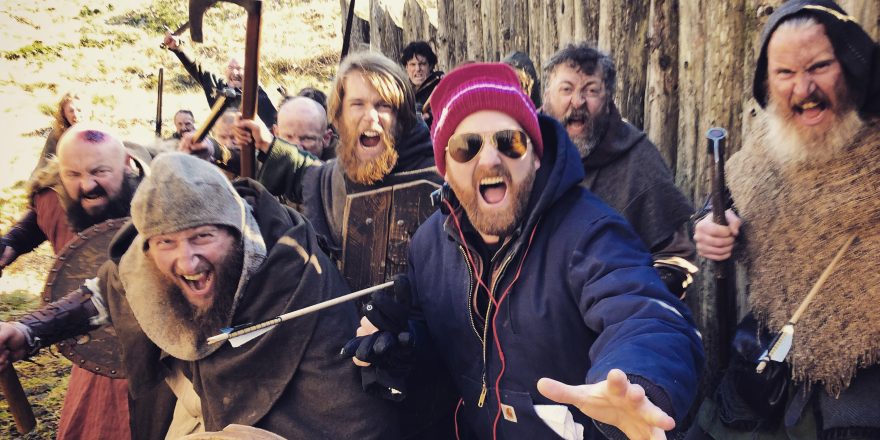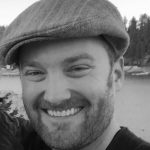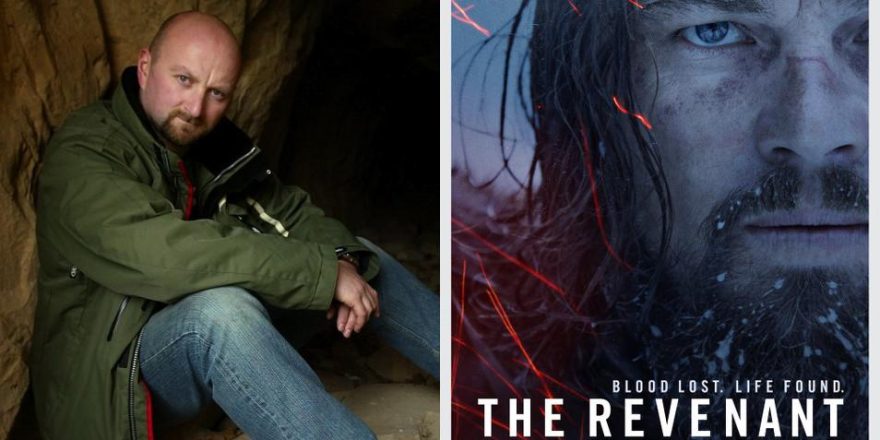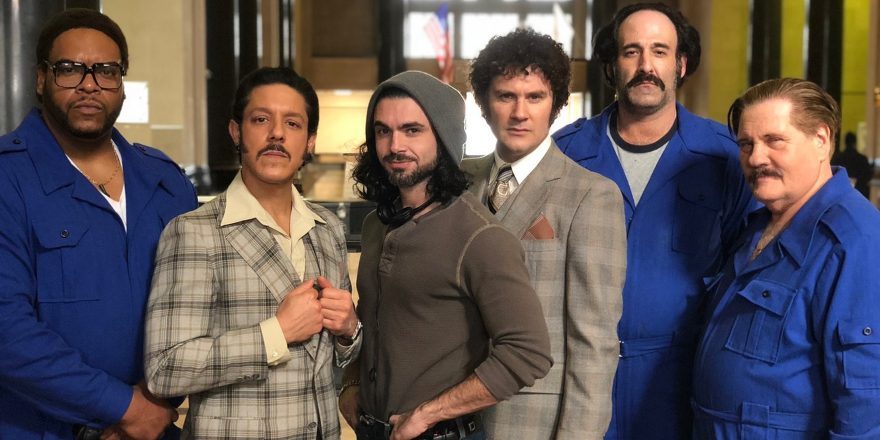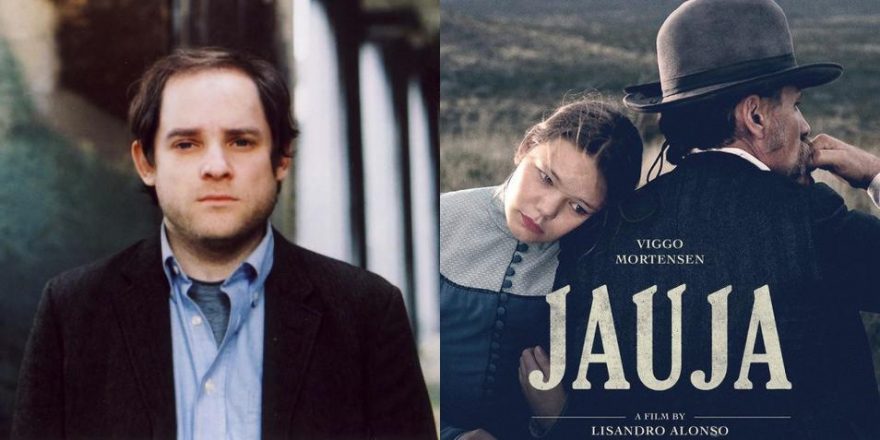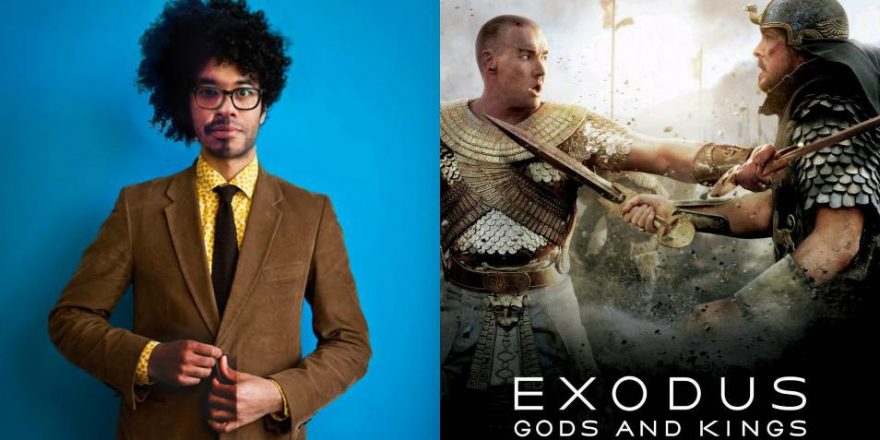Mel Gibson’s Braveheart was released in Australia when I was 15 years old and, like everyone, I adored it. The film had a profound effect on me and in many ways it led me to the creative path I ventured down.
I was taking a weekly acting class at the time and our teacher, Paul Currie, took us to see Braveheart on the big screen. I was just blown away. I couldn’t put it into words, but I knew the film was something special. Over the years, I don’t think I’ve watched a film more than Braveheart.
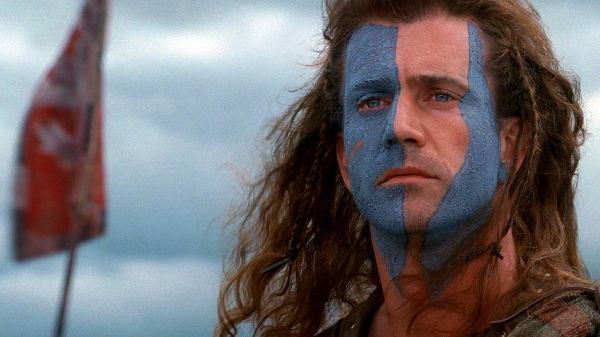
In a cool turn of events, Paul was also an amazing director and producer and went on to produce Hacksaw Ridge with Mel. It was another special moment for me going to see that film.
After Braveheart, Paul played James Horner’s entire soundtrack to the film for us. We sat there on the ground with our eyes closed. That CD soundtrack found its way to my first car, and it took a certain type of confidence to play that soundtrack to my high school mates in my first ride – a 1980 Toyota Corona station wagon inherited from my mum! A lot of people still listen to the Titanic soundtrack, but take a listen to the Braveheart soundtrack. That’s the score. That’s the one.
My new film, Robert the Bruce, is not a Braveheart sequel, even though some media has tagged it as such. In terms of the story, Robert the Bruce picks up from where William Wallace left off, but of course there is a larger connection at play, that being Angus Macfadyen reprising his role as Robert the Bruce from Braveheart.
Having been a kid who had loved Braveheart so much, I’ve never been more excited and nervous in my whole career than when I sat down to read the screenplay for Robert the Bruce. I’d heard from others that the script was good, but with my passion for Braveheart, I really wanted it to be great. I really wanted to be a part of it.
Right away, I was caught up in the story, but as I read I was also weighing up if this was something we could pull off on a significantly smaller budget than Braveheart. Of course, we were never looking to walk in the footsteps of Braveheart, but with Angus reprising his role we knew that the pressure would be on. All my fears dissipated after reading the script. It was a much more intimate story with a completely different angle. I immediately knew what was possible and what wasn’t. Ultimately, we just wanted an emotional and original story about a figure audiences may not know as much about, the King of Scots.
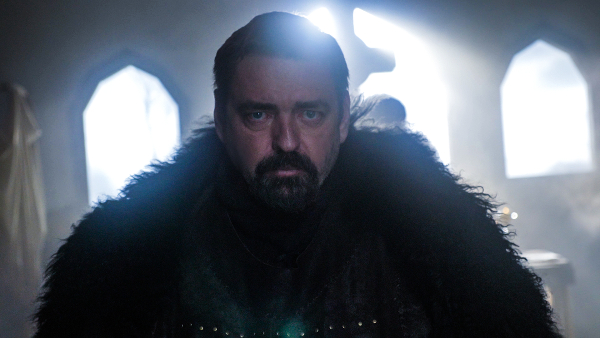
Angus Macfadyen and his co-writer Eric Belgau had been working on the screenplay for years and so it was ready to go. The next step was a sushi lunch in Culver City with Anna Hutchison, who signed on to play the lead character, Morag – and four months later, we were in production!
We had to move fast because the film had to be shot in the winter. I was already in Montana working on another feature, so we began to discuss whether we could shoot Scotland for Montana. Everything felt as though it was paving its own way for us.
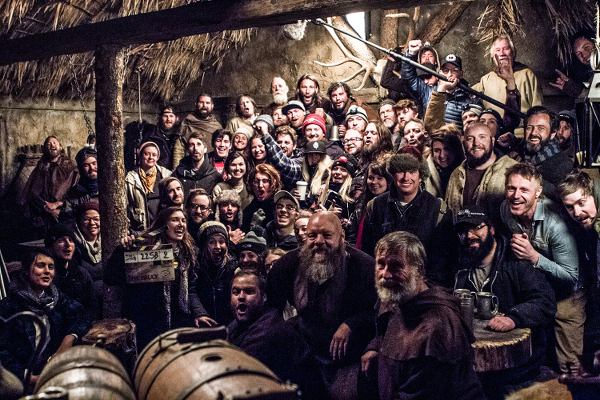
Early on, we were lucky enough to enlist Seoras Wallace, a direct descendent of William Wallace who is also an actor and a stunt guy from Braveheart. (Yes, you can imagine my excitement about that too!) We really had to get the seal of approval and endorsement from Seoras. Did he think Montana could pass as Scotland? This was key, and our executive producer, Carter Boehem, was especially concerned about it. We knew we would do a great deal of exterior shots in Scotland and crucial scenes too, but could the main sets be shot in Montana? We sent through hundreds of pics to Seoras and got back hundreds in return, making comparisons for Scotland’s Stirling, Glencoe, Isle of Skye. Seoras felt that winter in Montana could work. We were off and running.
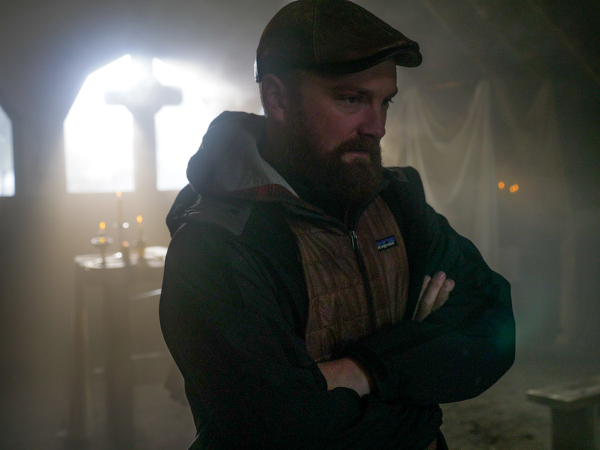
I’m not sure I’ve seen a period epic told through the eyes of a widow and orphan who saved a king, let alone the King of Scots, but this original take on history is what drew people to the production. We’ve all seen the 300 versus 300 on the battlefield, but not what’s happening at home when the soldiers don’t come back, or when they are carried back for a funeral. What happens to those left behind? That’s what Robert the Bruce is about.
Over the years, I had always wondered why so few films are shot in the winter. I now know why! You’d have to be a complete idiot to attempt a period film in minus 10 degrees in Montana, and during the “Beast from the East” in the UK. The cold halted the production on many occasions, but it also added to our film in unlikely ways. The winter made it real. We’re telling the story of a peasant family in a croft up on a hill in the middle of winter. It was near impossible to survive and yet they did, and so the story we captured was only enhanced by the ridiculously cold conditions.
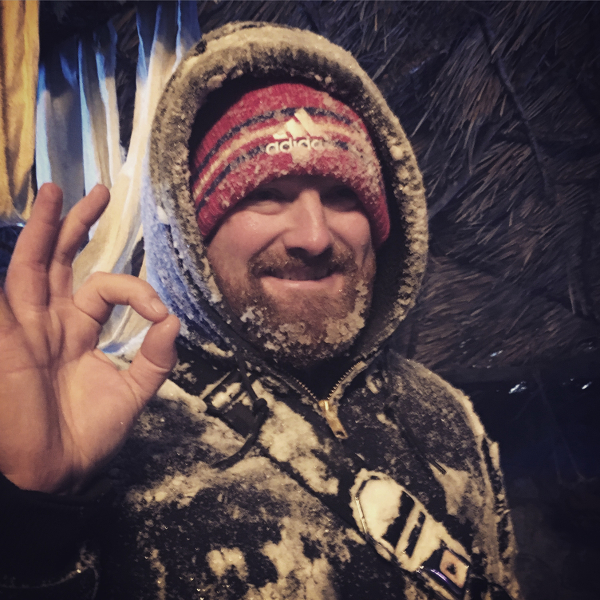
The cold was incredibly tough on the crew, but it took even greater commitment from our stellar cast, who had to brave the elements in their peasant farmer costumes. You can imagine how hard that was for them, but they showed such amazing enthusiasm. We were on a mission to make something special, and everyone felt it. We all lived in the same hotel, and read and ate and drank together every night. It was an incredible collaborative environment; as hardcore as it was, folks were all there for a reason. And there were bagpipes played in the bar and also Chico Hot Springs to retreat to when we needed to warm our bones!
There were also tough times on this shoot though, I do have to admit. After wrap, I would often sit by the sets with our incredible cinematographer John Garrett, and wonder, “what the hell have we bitten off here?” It’s by far the hardest thing we’ve ever done. We’d be getting up at 5 a.m., putting on snow chains halfway up the mountain just looking to grab every second of the minimal daylight we had each day. But it was all worth it.
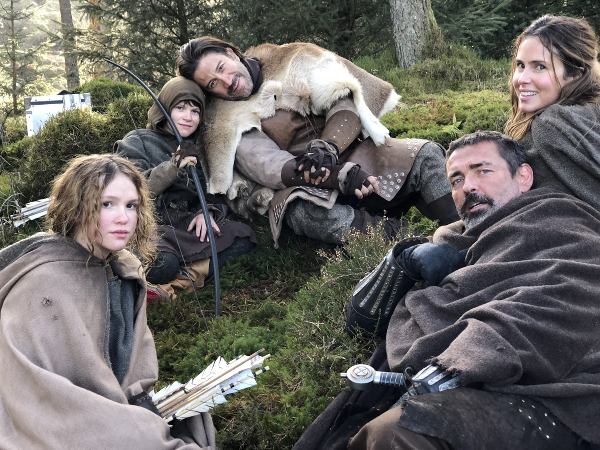
It was worth it to put Angus and Eric’s story on the screen, to see the world of Morag (Anna Hutchison) and her orphan children (Talitha Bateman, Gabriel Bateman, and Brandon Lessard) come to life, and to witness Scots versus Scots and the highest possible stakes. It spoke to us all, and I hope it speaks to you, too.


